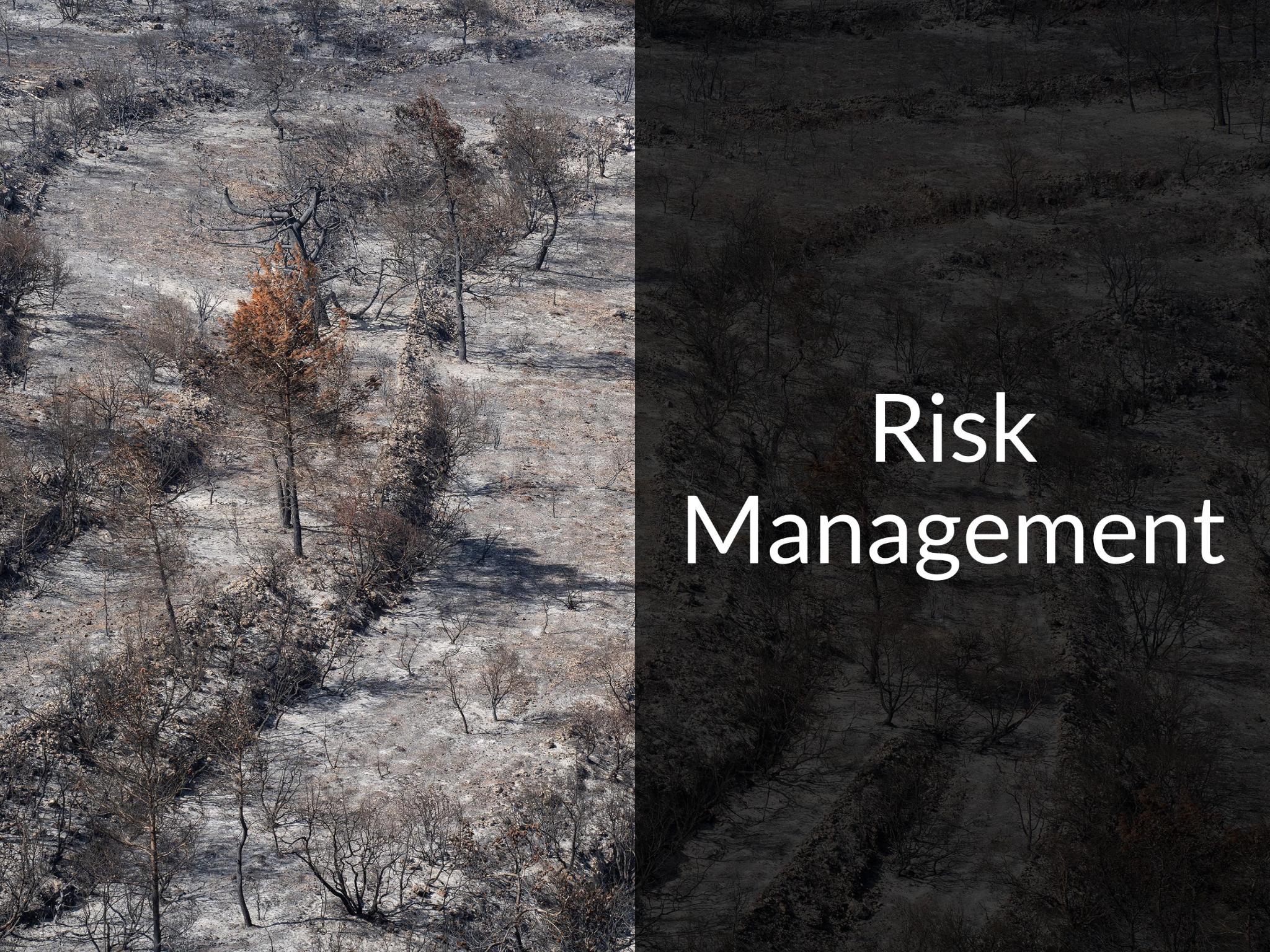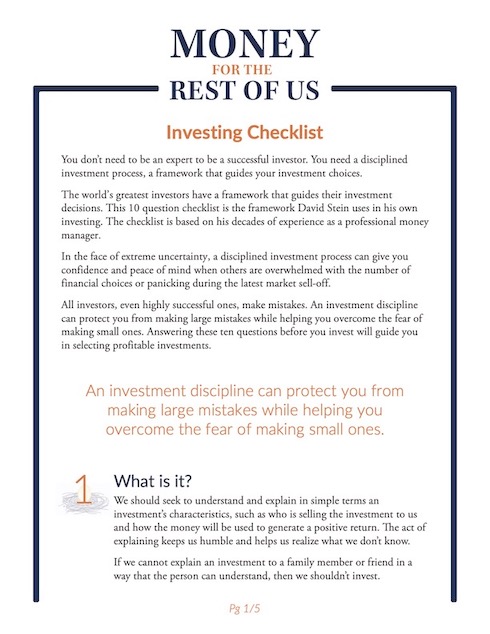Natural disasters are becoming more severe and costly—who should bear the financial burden? We explore the tension between socialized risk and market-based insurance.

Topics covered include:
- The surprisingly large percentage of natural disaster losses that are uninsured
- Why natural disaster severity is increasing
- A deep dive into the complexity of the home insurance market, including state-run home insurance plans
- How California has tried to update its home insurance regulations, leading to potentially greater coverage but higher premiums
- How socialized insurance relieves the cost burden to consumers but can also lead to riskier behavior and adverse risk selection
Show Notes
The World Is Getting Riskier. Americans Don’t Want to Pay for It. by Greg Ip—The Wall Street Journal
Related Episodes
481: How to Navigate the Crippling Home Insurance Crisis
444: Natural Disasters: Are They Truly Increasing?
Transcript
Welcome to Money for the Rest of Us. This is a personal finance show on money, how it works, how to invest it, and how to live without worrying about it. I’m your host, David Stein. Today is episode 508. It’s titled “Who Should Bear the Cost? Socialized vs. Market-Based Risk Management.”
Natural Disasters and Climate Change
As I record this on January 21st, 2025, there are still wildfires burning in California. The Palisades fire has burned almost 24,000 acres. It’s only 63% contained. The Eaton fire at 14,000 acres, 89% contained. And there are some other smaller wildfires that have started, that have less than 10% containment.
27 people have died in these fires. Over 12,000 structures destroyed or damaged. JPMorgan estimates that these fires around Los Angeles have close to $50 billion in losses, of which only $20 billion are insured. 60% of the losses are uninsured. I can’t imagine having that type of exposure. Obviously, some people are wealthy enough to self-insure, maybe some businesses. But I suspect many individual homeowners are underinsured, which will make rebuilding especially challenging.
Munich Re in 2024 estimates that natural disasters caused losses of $320 billion, 56% of which were uninsured. That is the fifth most costly year since 1980. Of those natural disasters, 93% of the losses were weather-related, which means about 7% were due to earthquakes.
Insurance companies segment natural disaster losses into what are called non-peak perils, such as floods, wildfires, and severe thunderstorms. Those losses were $136 billion in 2024. Peak perils would be earthquakes and hurricanes. They tend to be unpredictable, and when they come, the losses are very large.
In their annual report, Munich Re says, it is striking that, from a long-term perspective, non-peak perils are increasingly fueling the trend of rising losses, while peak risk, like tropical cyclones and earthquakes, continue to be a source of loss volatility. So more spikes when it comes to earthquakes, cyclones, and hurricanes, whereas floods, wildfires, and severe thunderstorms are becoming more regular, even though where it might hit can shift from year to year.
Munich Re continues, “The impact of man-made climate change on weather disasters has been proven many times over by research. In many regions, severe thunderstorms and heavy rainfall are becoming more frequent and more extreme.”
And they point out that even though cyclones and hurricanes are not increasing in number, their severity is increasing. Chief Climate Scientist Tobias Grimm at Munich Re says “The physics are clear. The higher the temperature, the more water vapor, and therefore, the more energy is released into the atmosphere. Our planet’s weather machine is shifting to a higher gear.”
Everyone pays the price for worsening weather extremes, but especially the people in countries with little insurance protection or publicly-funded support to help with recovery. Most of the costs of natural disasters are uninsured. And in that report, they link to a number of studies that looked at different natural disasters, like the hurricanes Helene and Milton in the U.S. in 2024, the flash floods in the Valencia region of Spain, flooding in Brazil. And they ran the numbers and determined that these events were more severe than they would be with an event in a hypothetical world without climate change.
As a Money For the Rest of Us Plus member, you are able to listen to the podcast in an ad-free format and have access to the written transcript for each week’s episode. For listeners with hearing or other impairments that would like access to transcripts please send an email to team@moneyfortherestofus.com Learn More About Plus Membership »
